Selecting the right flight shape for center weighted darts is crucial for achieving optimal stability and accuracy, and smaller flights often provide the best results by compensating for the dart’s balance and reducing wobble. This article will explore the various flight shapes, how they interact with center-weighted darts, and offer practical advice to improve your dart game.
⚠️ Still Using Pen & Paper (or a Chalkboard)?! ⚠️
Step into the future! The Dart Counter App handles all the scoring, suggests checkouts, and tracks your stats automatically. It's easier than you think!
Try the Smart Dart Counter App FREE!Ready for an upgrade? Click above!
Understanding Center Weighted Darts
Center weighted darts are designed with their center of gravity positioned in the middle of the barrel. This balance offers a more neutral feel compared to front or rear-weighted darts, making them a popular choice for players who prefer a consistent and predictable throw. However, the central weight distribution also means they can be more susceptible to wobble or instability during flight if not paired with the correct dart flights.
The weight distribution directly influences how the dart interacts with the air. With a center-weighted dart, the balance point is less pronounced, requiring a more deliberate and controlled throwing motion to maintain a stable trajectory. Therefore, selecting the right flight shape becomes even more critical to fine-tune the dart’s flight characteristics.
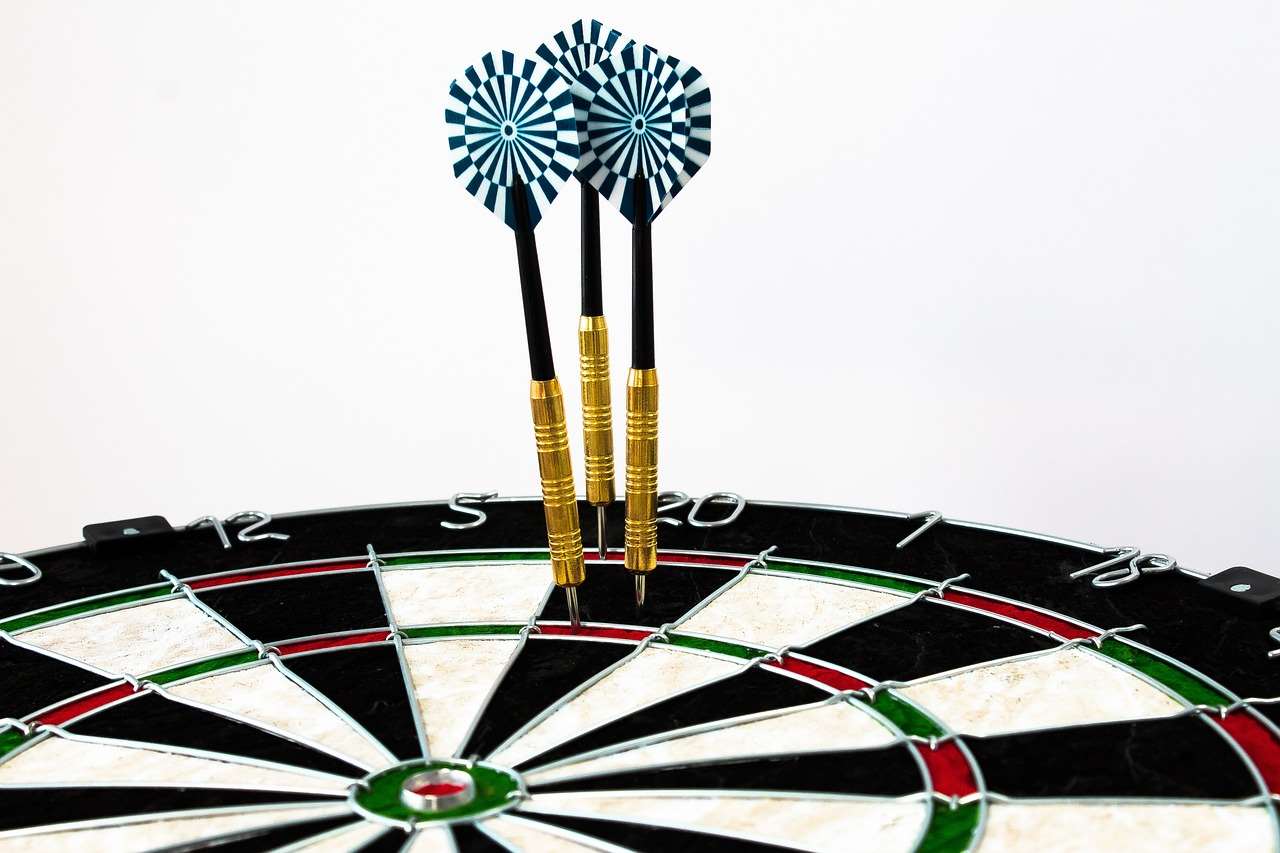
The Importance of Flight Shape For Center Weighted Darts
The flight shape plays a pivotal role in controlling a dart’s trajectory. Different shapes create varying amounts of drag, influencing the dart’s speed, stability, and overall flight path. For center weighted darts, finding the right balance between drag and stability is essential for consistent performance. The flight corrects the dart’s orientation as it travels through the air, minimizing wobble and helping to maintain a straighter path to the target. This is particularly important for center-weighted darts because they inherently have less directional stability compared to front-weighted models.
Using the wrong flight shape can lead to several issues, including:
- Increased wobble, making it harder to maintain accuracy.
- Inconsistent flight paths, leading to unpredictable landings.
- Difficulty grouping darts tightly, reducing scoring potential.
Understanding how different flight shapes affect center weighted darts can significantly improve your game by allowing you to fine-tune your setup for optimal performance.
Popular Flight Shapes and Their Impact
Several flight shapes are available, each with distinct characteristics that affect dart flight. Here’s a look at some of the most popular options and how they interact with center weighted darts:
Standard Flights
Standard flights are the most common type, offering a large surface area for maximum drag. They are best suited for heavier darts or players who need extra stability. However, for center weighted darts, they can sometimes create too much drag, slowing the dart down and potentially causing it to drop early.
Slim Flights
Slim flights have a smaller surface area than standard flights, reducing drag and increasing dart speed. They are a good option for lighter darts or players who prefer a faster, more direct flight path. Many find them to be a solid choice for **flight shape for center weighted darts**. They can help compensate for the balanced weight distribution by promoting a more streamlined trajectory.
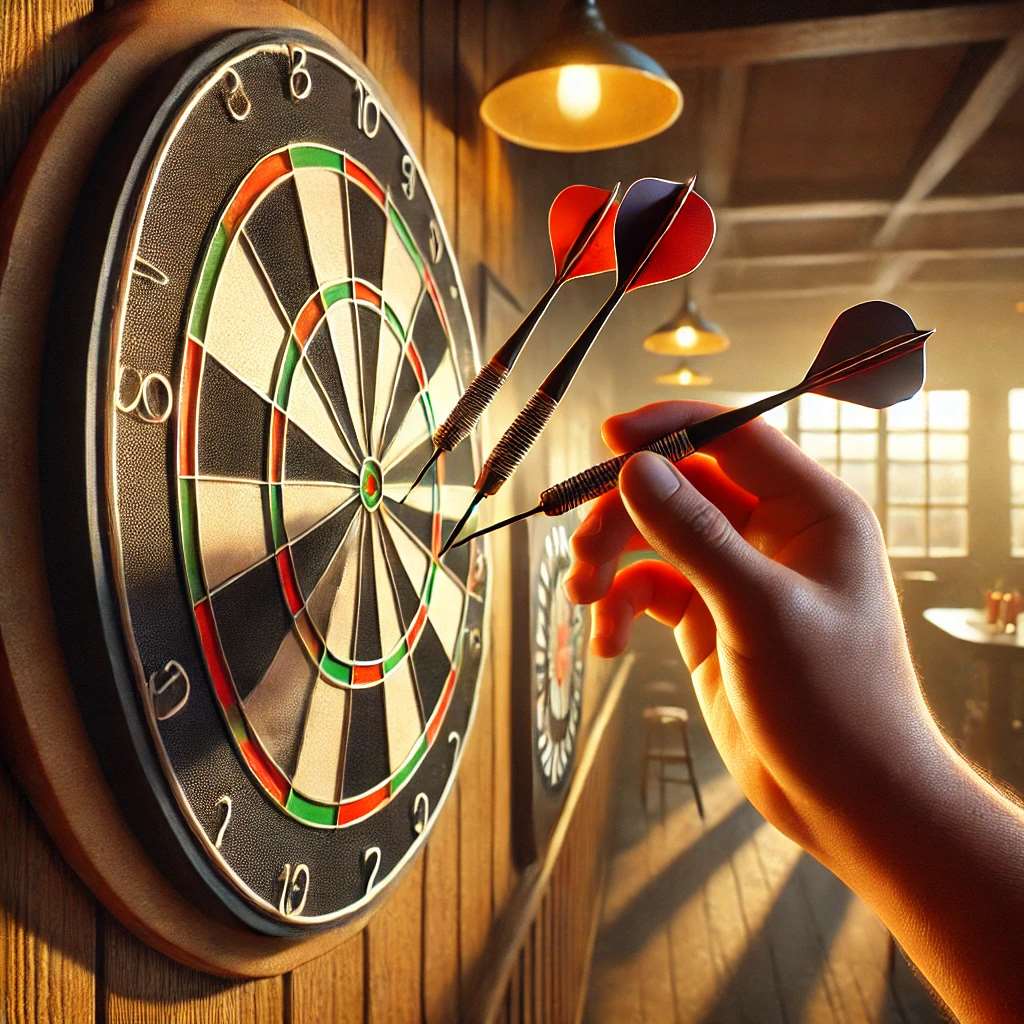
Kite Flights
Kite flights offer a balance between standard and slim flights. They provide moderate drag and stability, making them a versatile option for various dart setups. They can be a good starting point for experimenting with center weighted darts to see how they affect the dart’s flight characteristics.
Vortex Flights
Vortex flights are designed with a unique shape that creates a swirling airflow around the dart, improving stability and reducing drag. They are often used by experienced players looking for maximum performance. They can provide excellent control for center weighted darts, especially for those who throw with a strong spin.
Pear Flights
Pear flights offer a unique shape that provides enhanced lift and stability. Their wider base and tapered design create a stable flight path, which can be particularly useful for players who struggle with dart wobble. The extra lift can help keep center weighted darts on a consistent trajectory, making them a viable option for those seeking more stable flight.
Matching Flight Shape to Your Throwing Style
The best flight shape for center weighted darts also depends on your individual throwing style. Consider these factors when making your selection:
- Throwing Speed: If you have a fast throwing speed, you might benefit from smaller, slimmer flights to reduce drag. If you have a slower speed, larger flights can provide more stability.
- Throwing Motion: A smooth, controlled throwing motion might pair well with slim or kite flights, while a more forceful or erratic motion might require the stability of standard or pear flights.
- Grip and Stance: Your grip and stance can also influence the dart’s flight. Experiment with different flight shapes to see how they interact with your unique setup.
Remember that finding the perfect flight shape is often a process of trial and error. Don’t be afraid to experiment with different options until you find what works best for you. Consider seeking recommendations on what equipment to get.
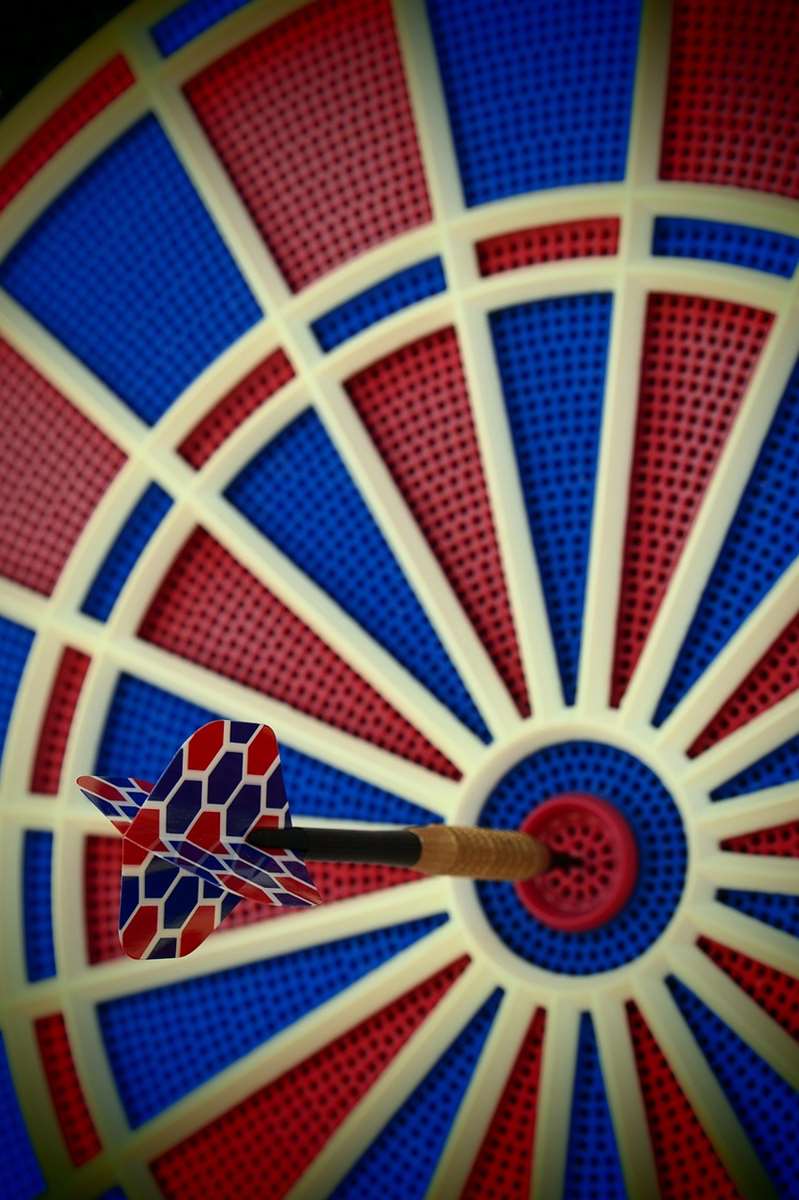
Materials and Durability
In addition to shape, the material of your dart flights also matters. Common materials include:
- Polyester: Durable and cost-effective, polyester flights are a popular choice for recreational players.
- Nylon: More durable than polyester, nylon flights offer excellent resistance to wear and tear.
- Mylar: Known for their rigidity and vibrant colors, mylar flights provide excellent stability.
- Plastic: More economical and used by beginners, but are more susceptible to damage.
Consider your budget and playing frequency when choosing a flight material. More durable materials will last longer and provide more consistent performance, especially if you play regularly.
Fine-Tuning Your Dart Setup
Once you’ve selected a flight shape for center weighted darts, you can further fine-tune your setup by adjusting other components, such as the shaft length. Shorter shafts can increase dart speed and reduce wobble, while longer shafts can provide more stability.
Experiment with different shaft lengths and materials to find the combination that works best for your throwing style and chosen flight shape. Also, ensure your dartboard is correctly set up for regulation gameplay by checking out the difference between budget and premium dartboards.
Practical Tips for Improving Your Dart Game
Here are some practical tips to help you improve your dart game with center weighted darts:
- Practice Regularly: Consistent practice is essential for developing muscle memory and improving your accuracy.
- Analyze Your Throw: Pay attention to your throwing motion, grip, and stance. Identify areas where you can improve.
- Experiment with Different Setups: Don’t be afraid to try different flight shapes, shaft lengths, and dart weights until you find what works best for you.
- Seek Feedback: Ask experienced players for feedback on your throwing technique. They may be able to offer valuable insights and suggestions.
Remember that improvement takes time and effort. Be patient, persistent, and always strive to learn and grow.
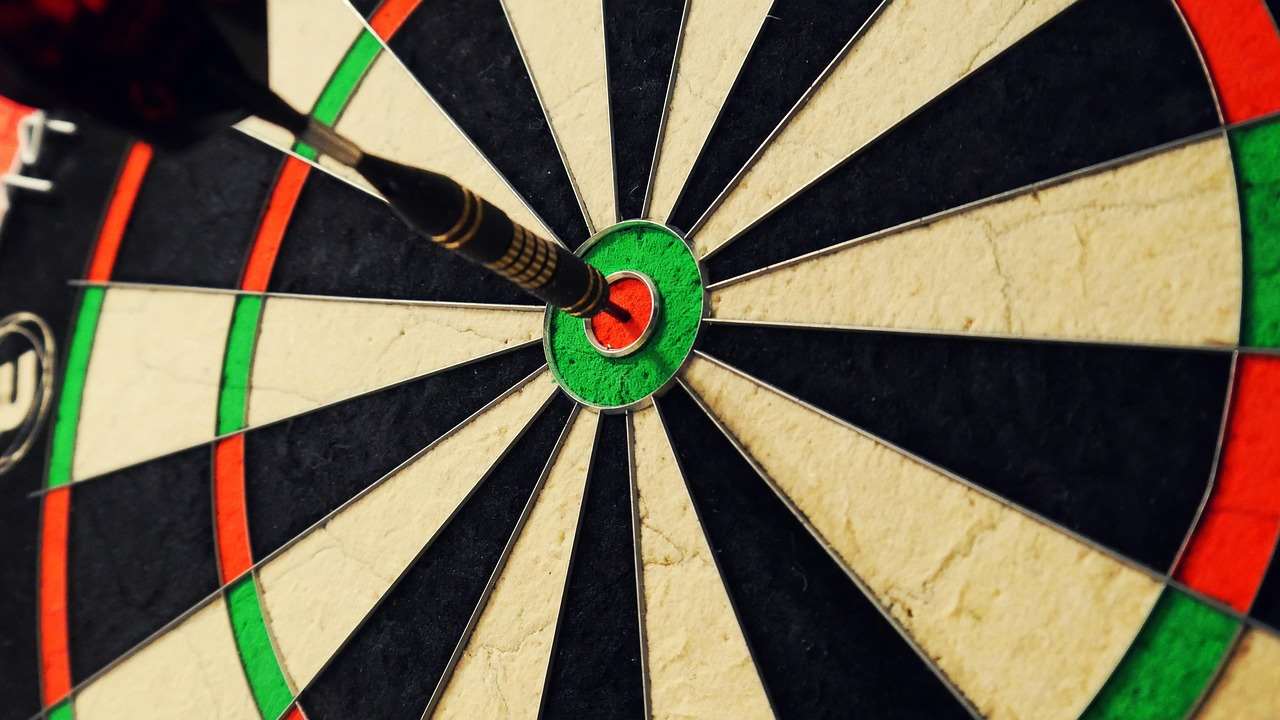
Advanced Considerations
For experienced players, there are some more advanced considerations to keep in mind when selecting flight shape for center weighted darts.
These include:
- Flight Deflection: The angle at which the flight deflects air can affect the dart’s trajectory. Experiment with different flight shapes to see how they affect your dart’s flight path.
- Flight Weight: The weight of the flight can also influence the dart’s balance. Lighter flights can increase dart speed, while heavier flights can provide more stability.
- Aerodynamic Properties: Understanding the aerodynamic properties of different flight shapes can help you make more informed decisions about your setup.
By understanding these advanced concepts, you can take your dart game to the next level.
Maintaining Your Dart Flights
Proper maintenance is essential for ensuring your dart flights perform optimally. Here are some tips for keeping your flights in good condition:
- Inspect Regularly: Check your flights for tears, bends, or other damage. Replace them if necessary.
- Clean Your Flights: Wipe your flights with a damp cloth to remove dirt and grime.
- Store Your Darts Properly: Store your darts in a case or holder to protect them from damage.
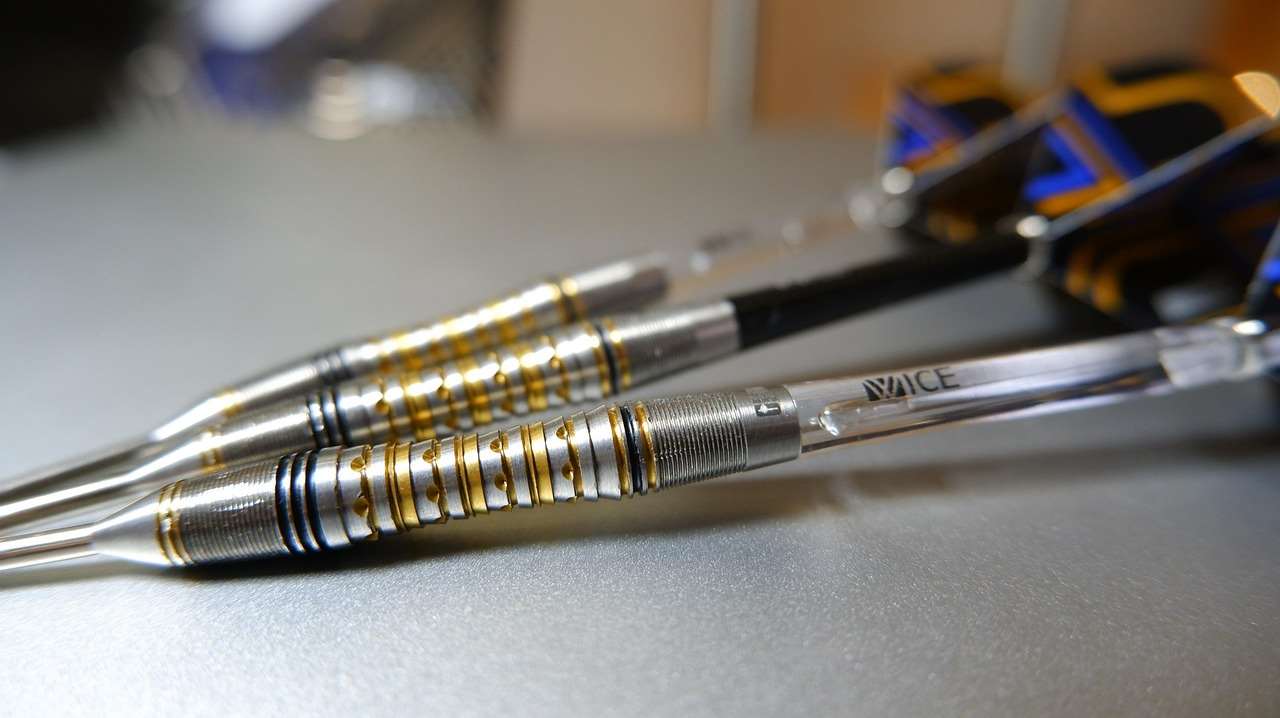
Conclusion
Choosing the right flight shape for center weighted darts is a critical aspect of optimizing your dart game. Smaller flights, like slim or kite shapes, often provide better stability and reduce wobble by compensating for the dart’s neutral balance. Remember to consider your throwing style, experiment with different options, and maintain your equipment properly. By understanding the principles outlined in this article, you can fine-tune your setup and achieve greater accuracy and consistency. Now that you’re armed with this knowledge, experiment with your setup and see how your game improves. Check out how to choose the best dart equipment to further enhance your performance!
Hi, I’m Dieter, and I created Dartcounter (Dartcounterapp.com). My motivation wasn’t being a darts expert – quite the opposite! When I first started playing, I loved the game but found keeping accurate scores and tracking stats difficult and distracting.
I figured I couldn’t be the only one struggling with this. So, I decided to build a solution: an easy-to-use application that everyone, no matter their experience level, could use to manage scoring effortlessly.
My goal for Dartcounter was simple: let the app handle the numbers – the scoring, the averages, the stats, even checkout suggestions – so players could focus purely on their throw and enjoying the game. It began as a way to solve my own beginner’s problem, and I’m thrilled it has grown into a helpful tool for the wider darts community.